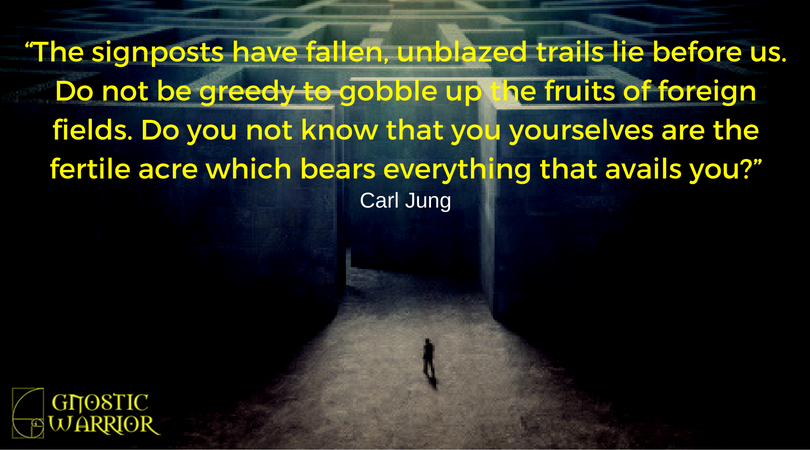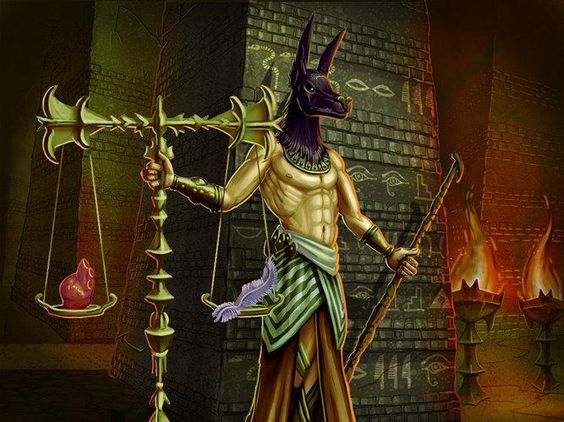Page xxviii
soul, both as an entity distinct from the spirit and in its relations with the spirit and body. In modern science, psychology relates only or principally to conditions of the nervous system, and almost absolutely ignores the psychical essence and nature. Physicians denominate the science of insanity psychology, and name the lunatic chair in medical colleges by that designation.
CHALDEANS, or Kasdim. — At first a tribe, then a caste of learned kabalists. They were the savants, the magians of Babylonia, astrologers and diviners. The famous Hillel, the precursor of Jesus in philosophy and in ethics, was a Chaldean. Franck in his Kabbala points to the close resemblance of the “secret doctrine” found in the Avesta and the religious metaphysics of the Chaldees.
DACTYLS (daktulos, a finger). — A name given to the priests attached to the worship of Kybele (Cybele). Some archaeologists derive the name from [[daktulos]], finger, because they were ten, the same in number as the fingers of the hand. But we do not believe the latter hypothesis is the correct one.
DAEMONS. — A name given by the ancient people, and especially the philosophers of the Alexandrian school, to all kinds of spirits, whether good or bad, human or otherwise. The appellation is often synonymous with that of gods or angels. But some philosophers tried, with good reason, to make a just distinction between the many classes.
DEMIURGOS, or Demiurge. — Artificer; the Supernal Power which built the universe. Freemasons derive from this word their phrase of “Supreme Architect.” The chief magistrates of certain Greek cities bore the title.
DERVISHES, or the “whirling charmers,” as they are called. Apart from the austerities of life, prayer and contemplation, the Mahometan devotee presents but little similarity with the Hindu fakir. The latter may become a sannyasi, or saint and holy mendicant; the former will never reach beyond his second class of occult manifestations. The dervish may also be a strong mesmerizer, but he will never voluntarily submit to the abominable and almost incredible self-punishment which the fakir invents for himself with an ever-increasing avidity, until nature succumbs and he dies in slow and excruciating tortures. The most dreadful operations, such as flaying the limbs alive; cutting off the toes, feet, and legs; tearing out the eyes; and causing one’s self to be buried alive up to the chin in the earth, and passing whole months in this posture, seem child’s play to them. One of the most common tortures is that of Tshiddy-Parvady. It consists in suspending the fakir to one of the
Page xxix
mobile arms of a kind of gallows to be seen in the vicinity of many of the temples. At the end of each of these arms is fixed a pulley over which passes a rope terminated by an iron hook. This hook is inserted into the bare back of the fakir, who inundating the soil with blood is hoisted up in the air and then whirled round the gallows. From the first moment of this cruel operation until he is either unhooked or the flesh of his back tears out under the weight of the body and the fakir is hurled down on the heads of the crowd, not a muscle of his face will move. He remains calm and serious and as composed as if taking a refreshing bath. The fakir will laugh to scorn every imaginable torture, persuaded that the more his outer body is mortified, the brighter and holier becomes his inner, spiritual body. But the Dervish, neither in India, nor in other Mahometan lands, will ever submit to such operations.
DRUIDS. — A sacerdotal caste which flourished in Britain and Gaul.
ELEMENTAL SPIRITS. — The creatures evolved in the four kingdoms of earth, air, fire, and water, and called by the kabalists gnomes, sylphs, salamanders, and undines. They may be termed the forces of nature, and will either operate effects as the servile agents of general law, or may be employed by the disembodied spirits — whether pure or impure — and by living adepts of magic and sorcery, to produce desired phenomenal results. Such beings never become men.
Under the general designation of fairies, and fays, these spirits of the elements appear in the myth, fable, tradition, or poetry of all nations, ancient and modern. Their names are legion — peris, devs, djins, sylvans, satyrs, fauns, elves, dwarfs, trolls, norns, nisses, kobolds, brownies, necks, stromkarls, undines, nixies, salamanders, goblins, ponkes, banshees, kelpies, pixies, moss people, good people, good neighbors, wild women, men of peace, white ladies — and many more. They have been seen, feared, blessed, banned, and invoked in every quarter of the globe and in every age. Shall we then concede that all who have met them were hallucinated?

Moe is the founder of GnosticWarrior.com. He is a father, husband, author, martial arts black belt, and an expert in Gnosticism, the occult, and esotericism.

![How another contrarywise before his death saw a book containing his sins, which was shown him by devils [704-709 A.D.] | Book 5 | Chapter 12 How another contrarywise before his death saw a book containing his sins, which was shown him by devils [704-709 A.D.] | Book 5 | Chapter 12](https://www.gnosticwarrior.com/wp-content/plugins/contextual-related-posts/default.png)



